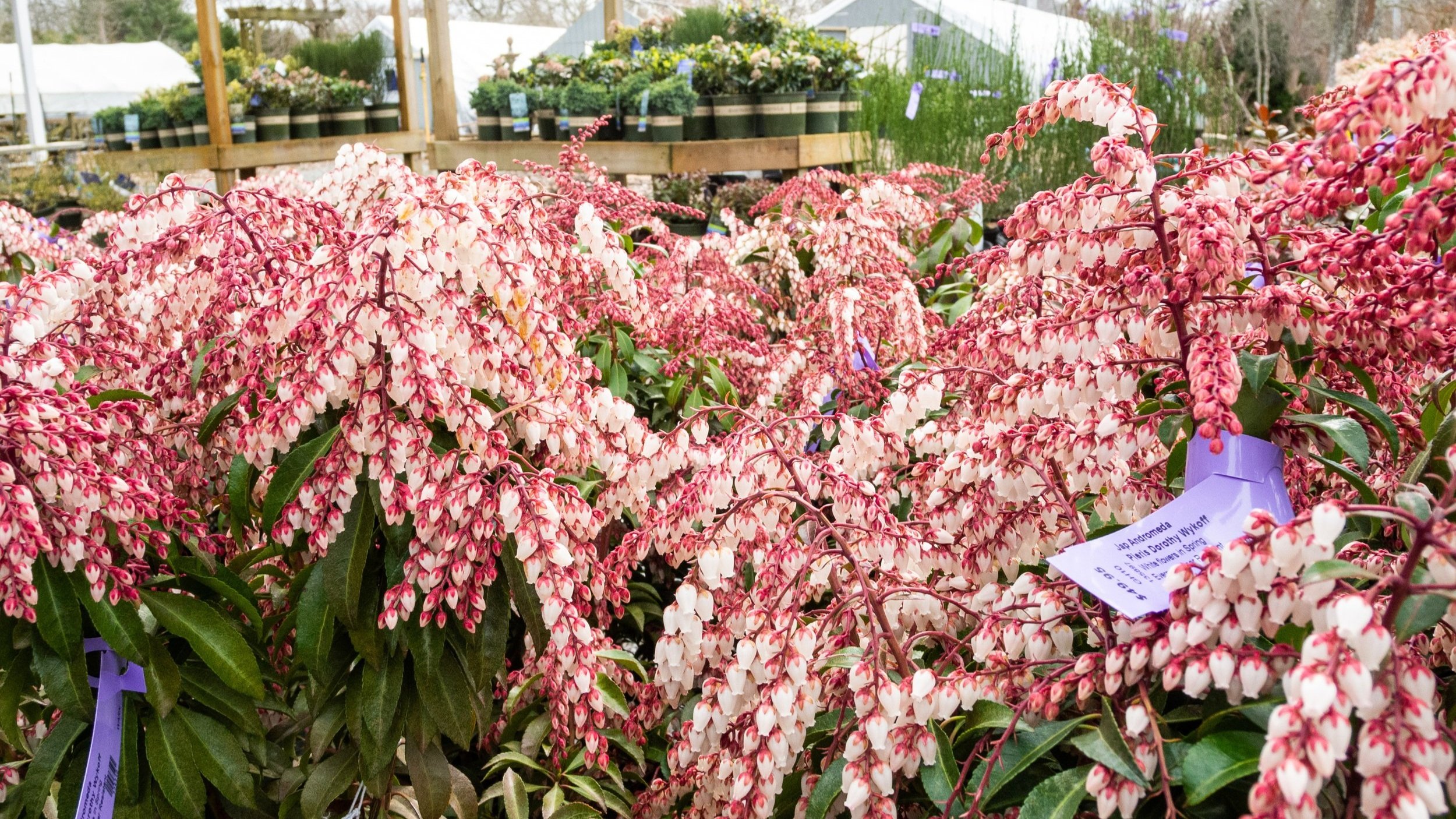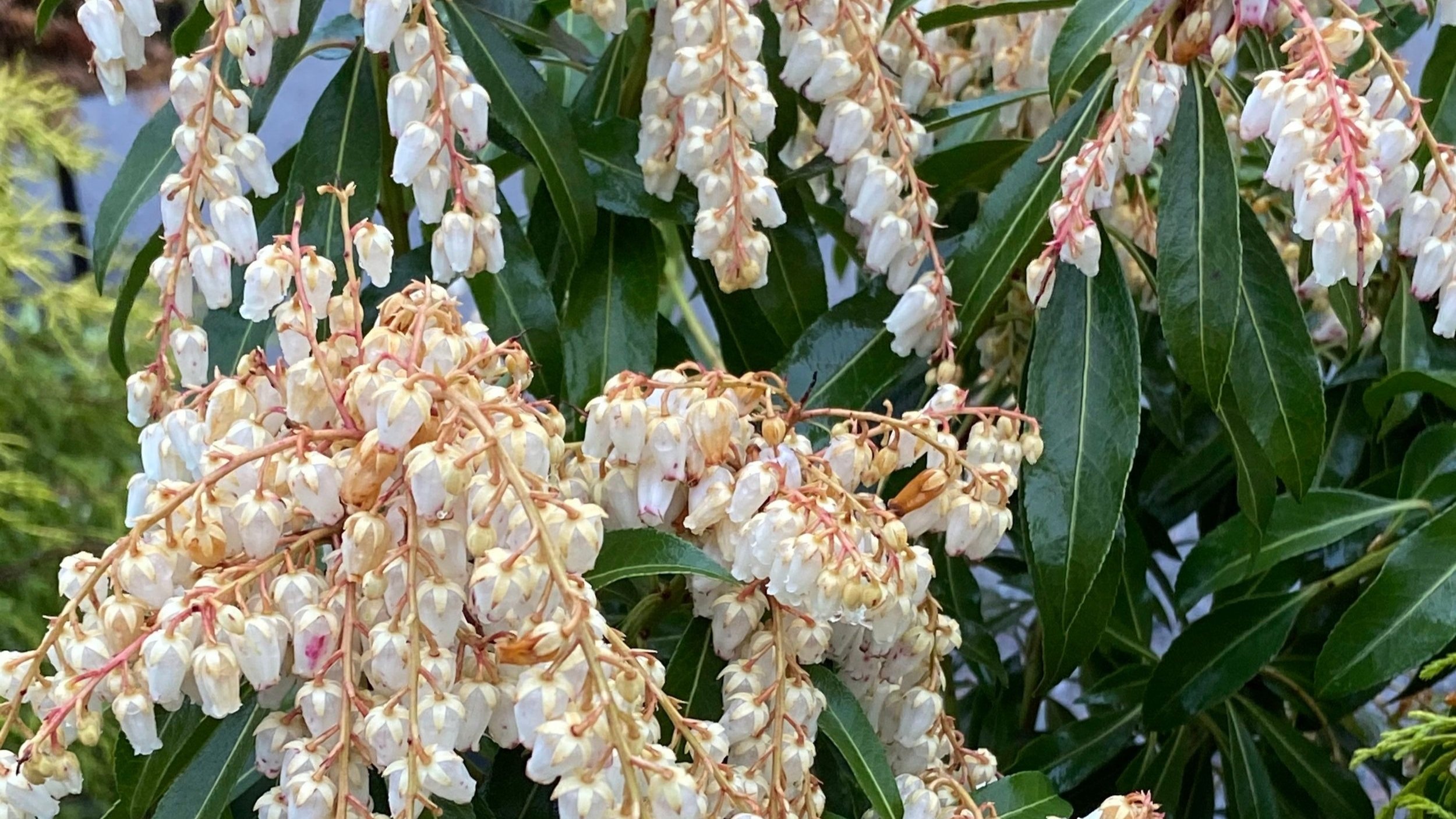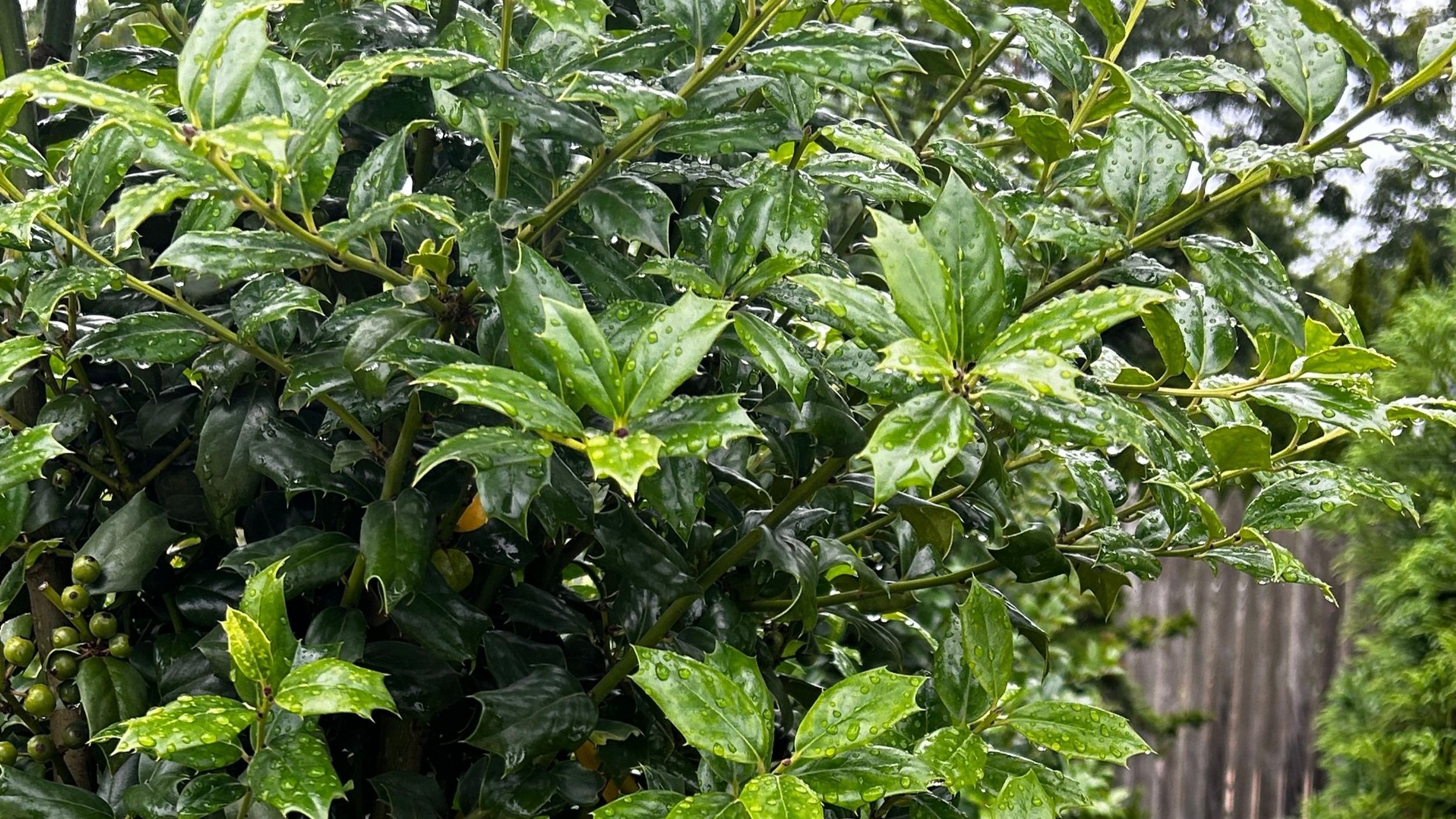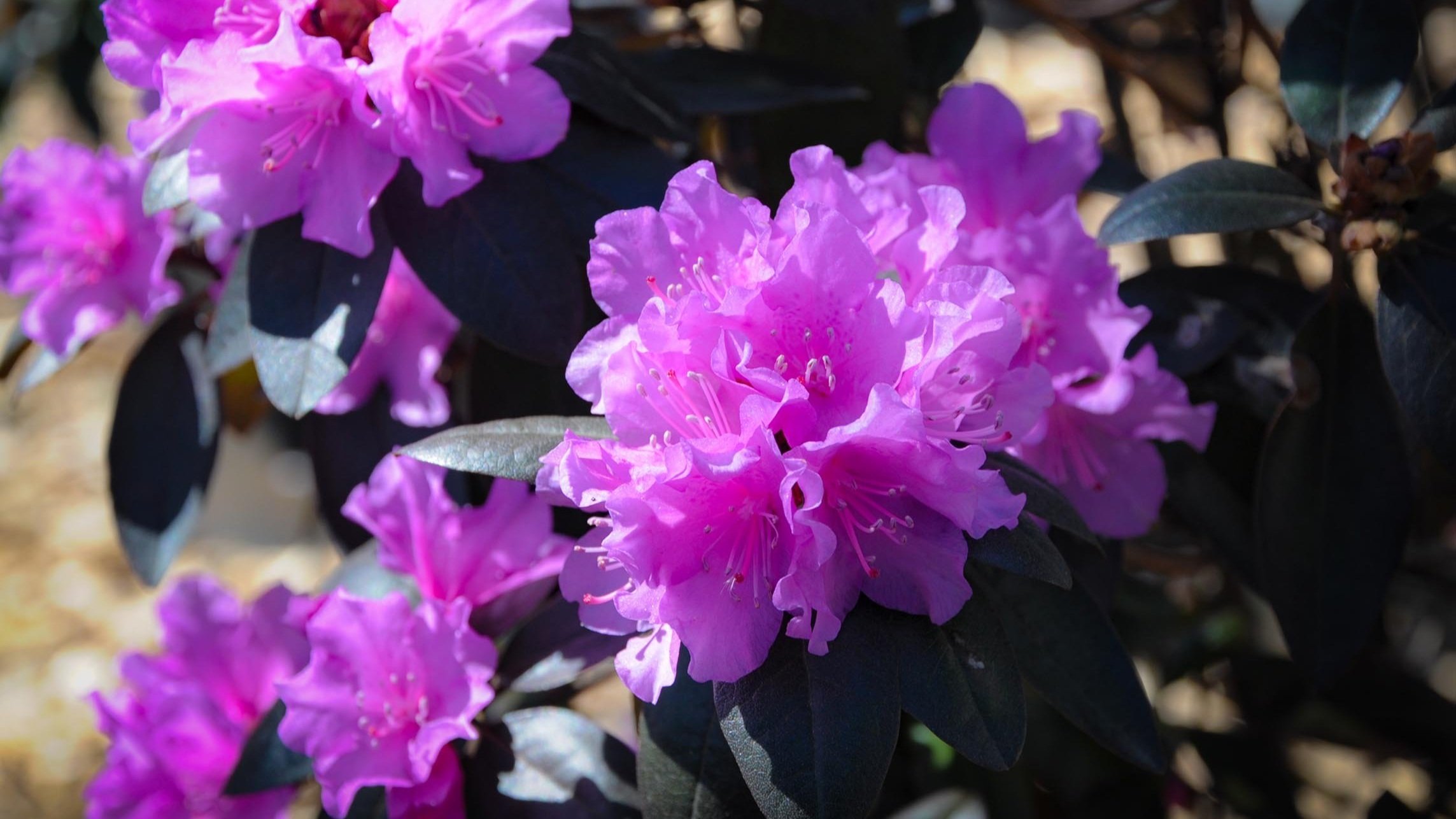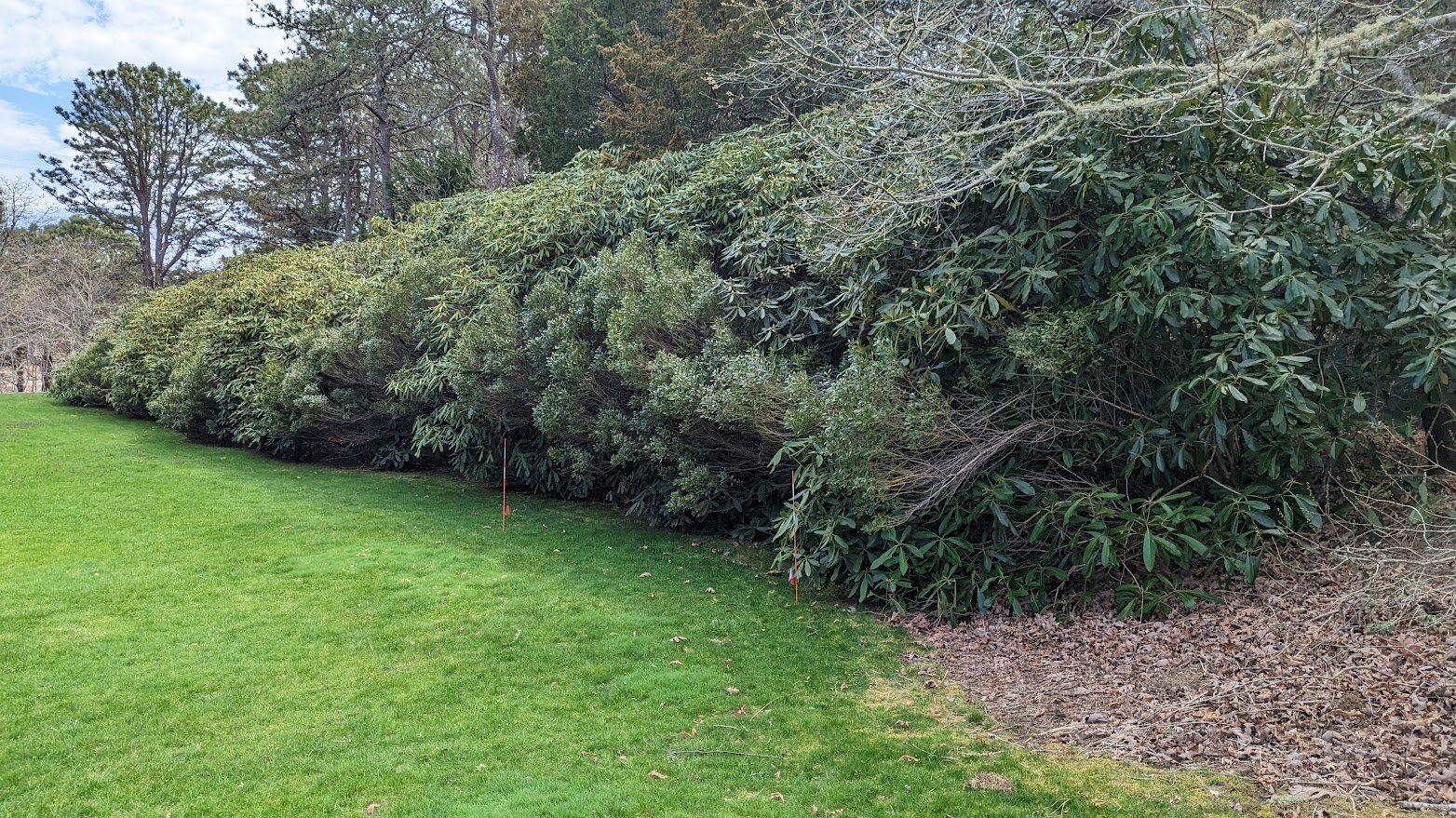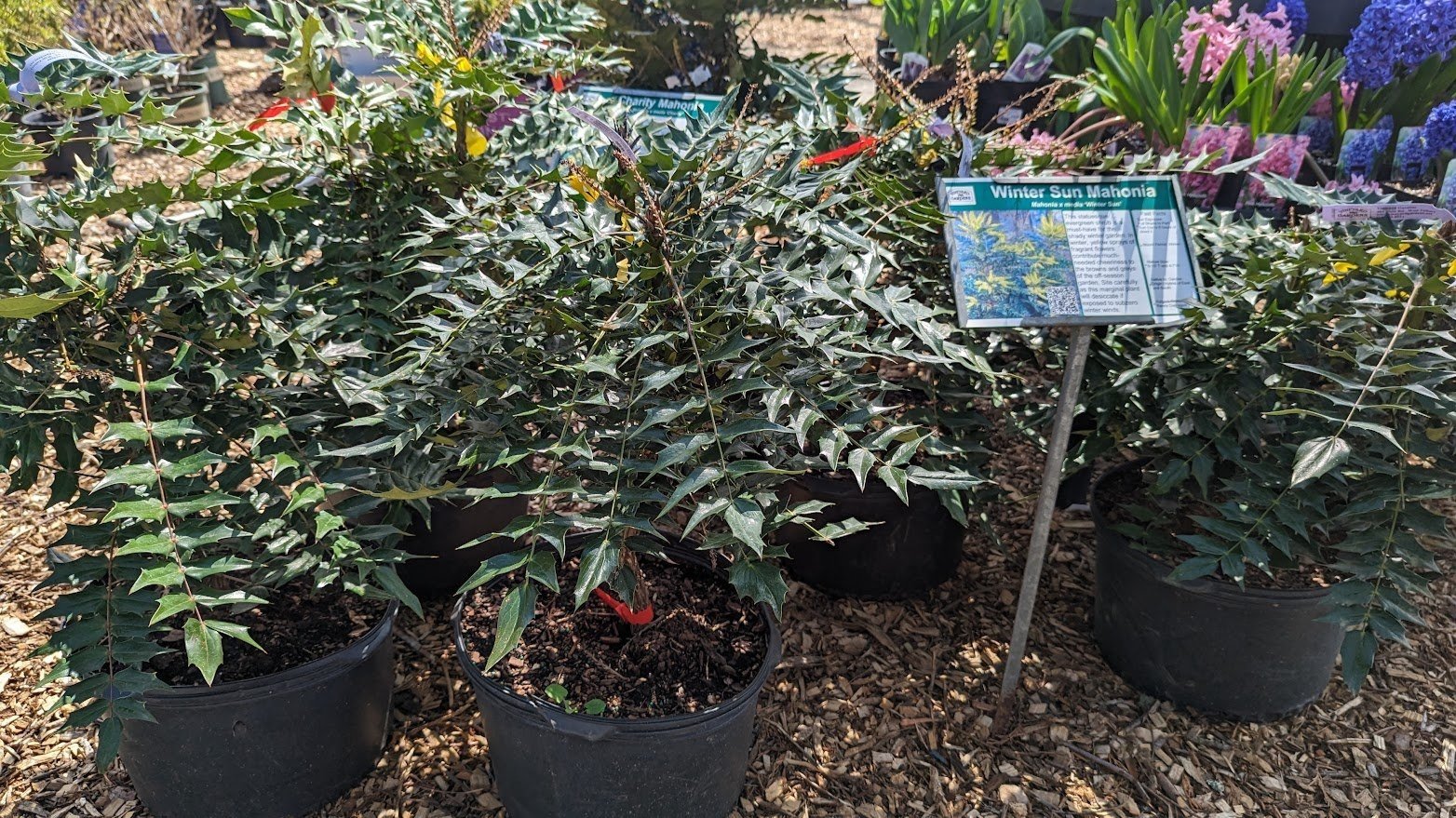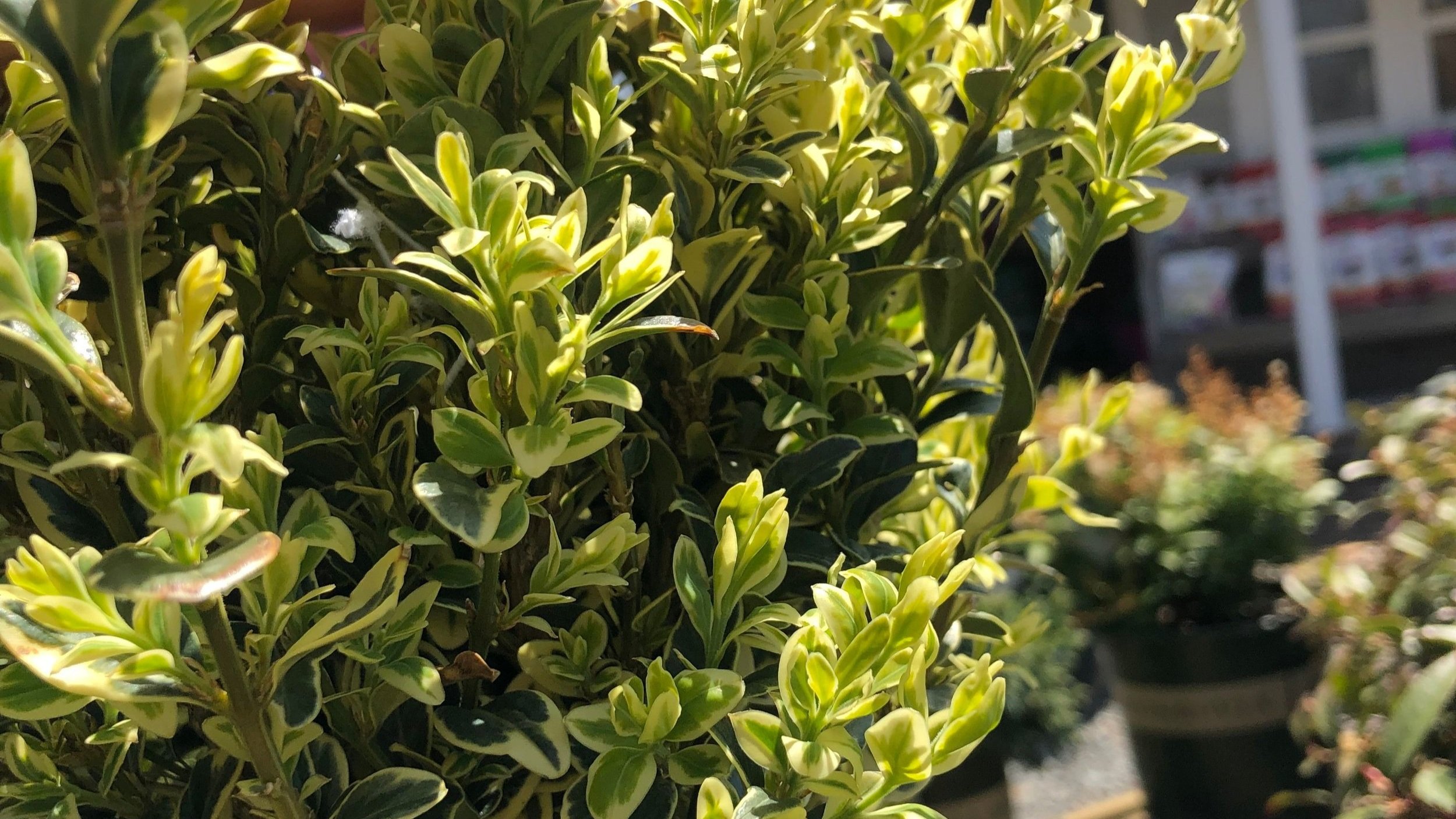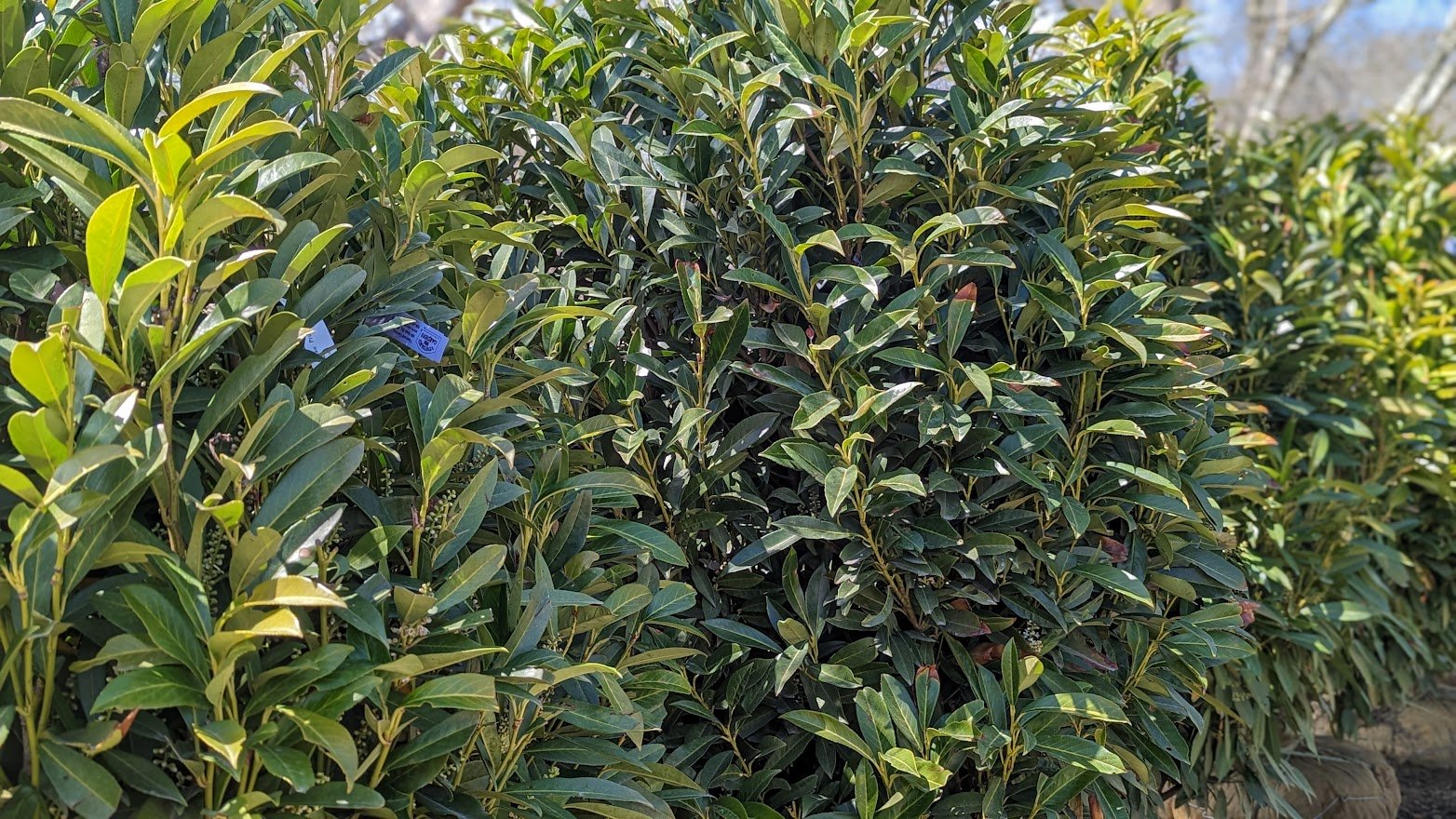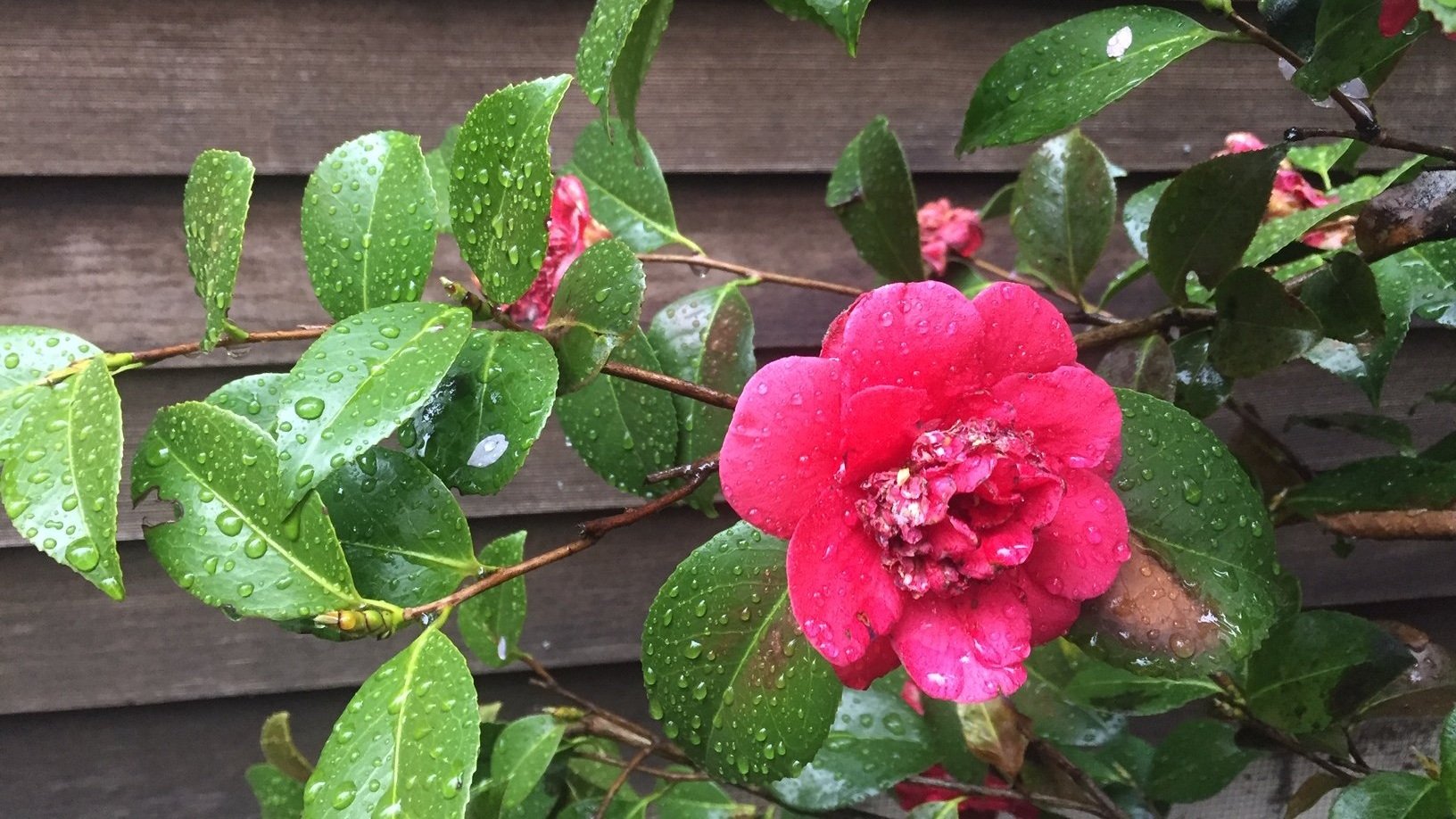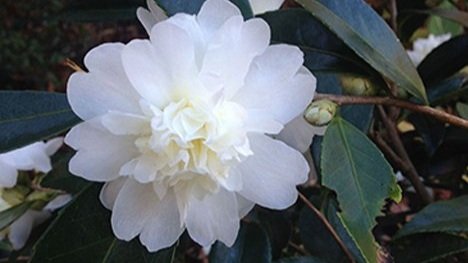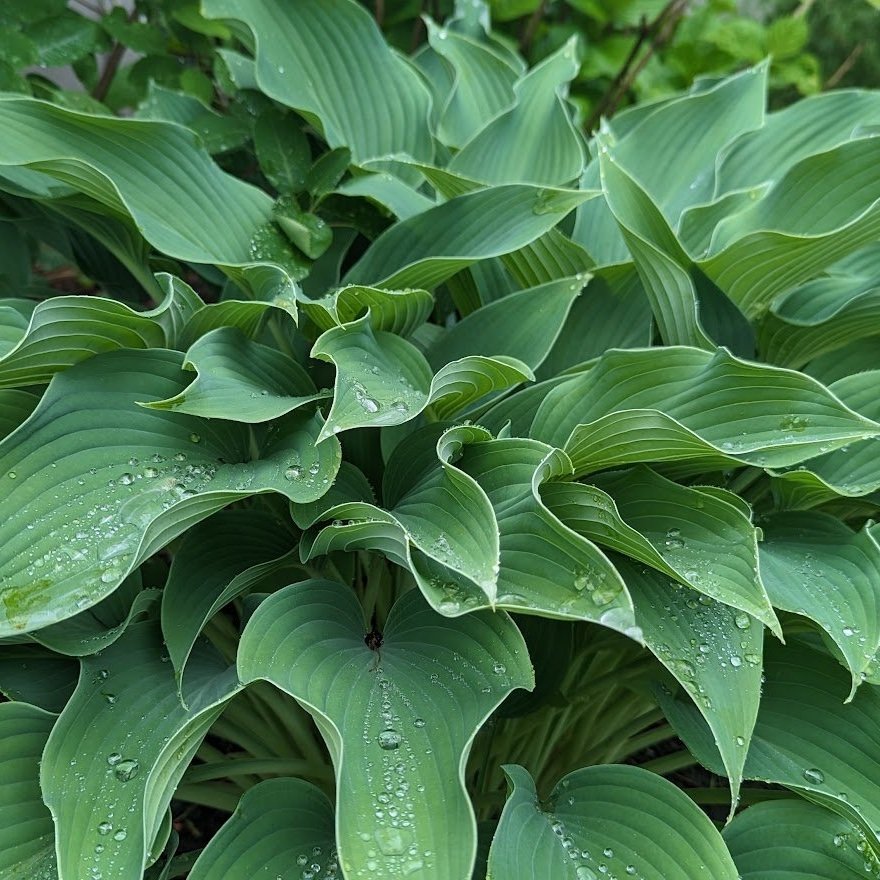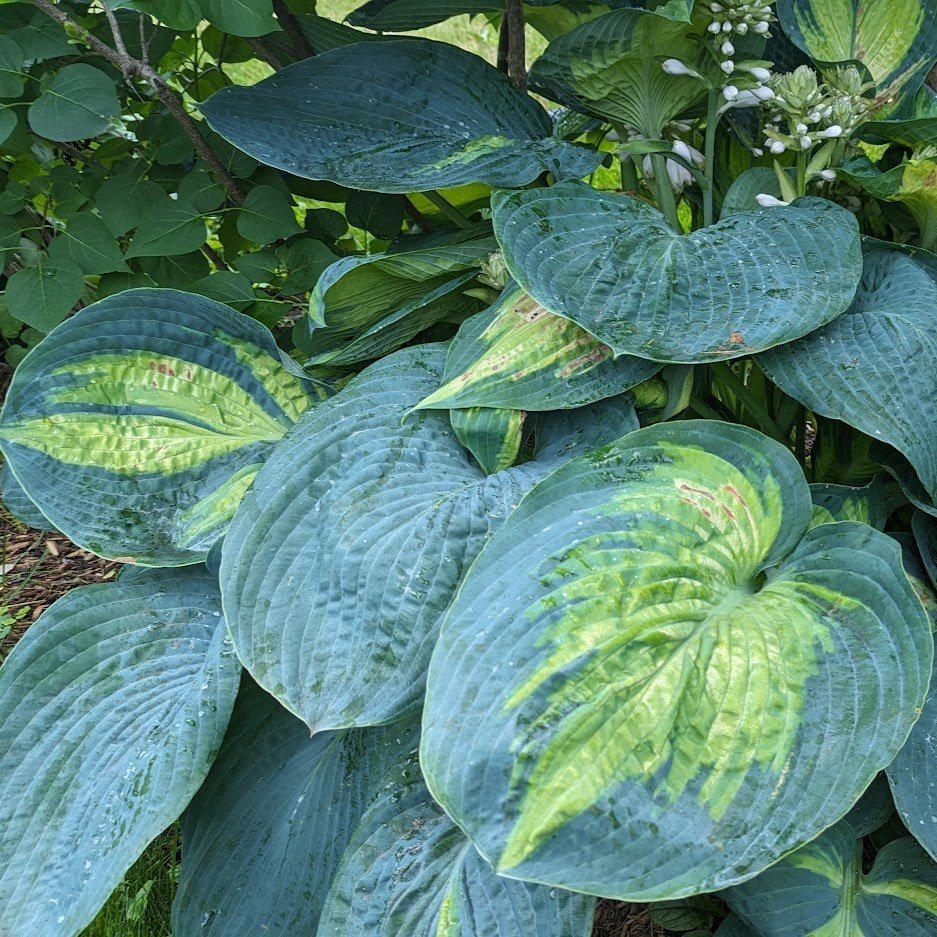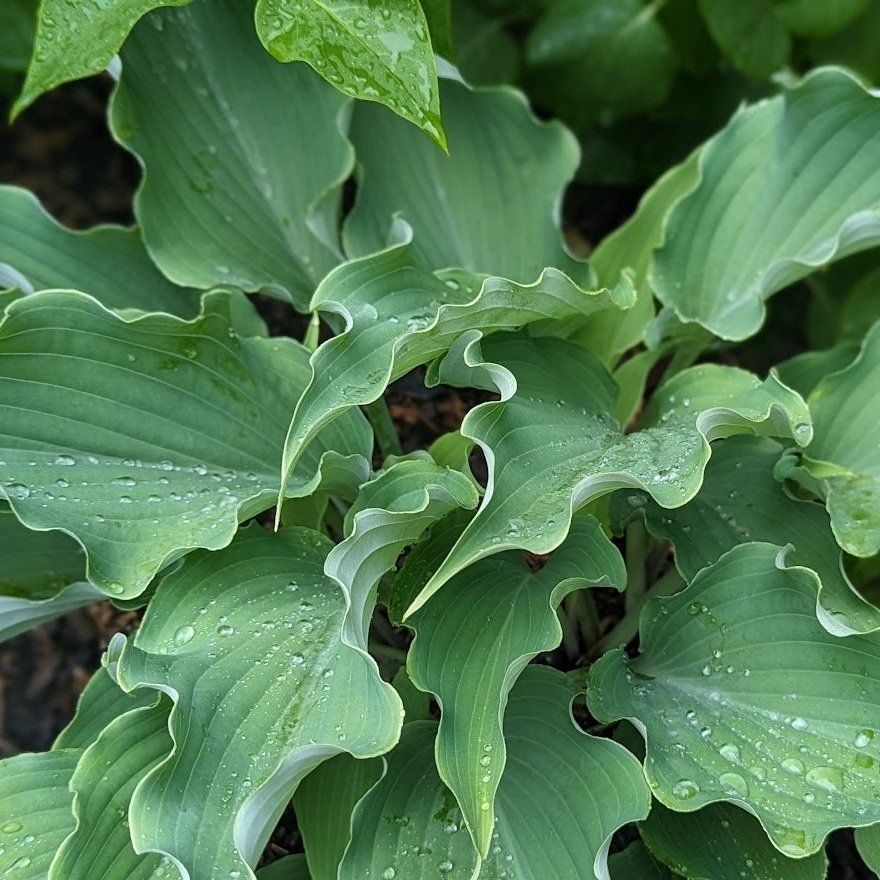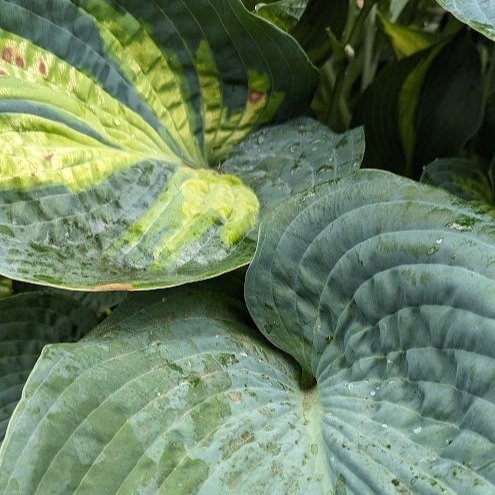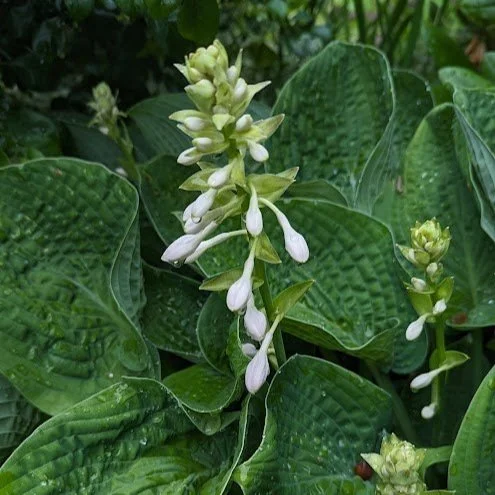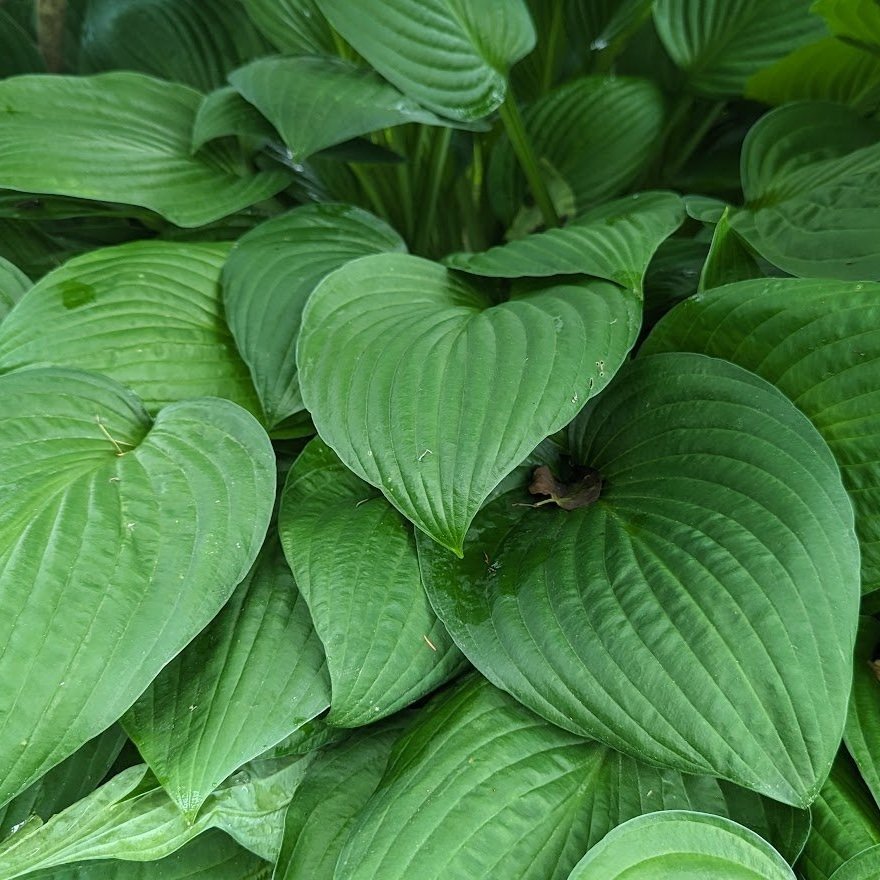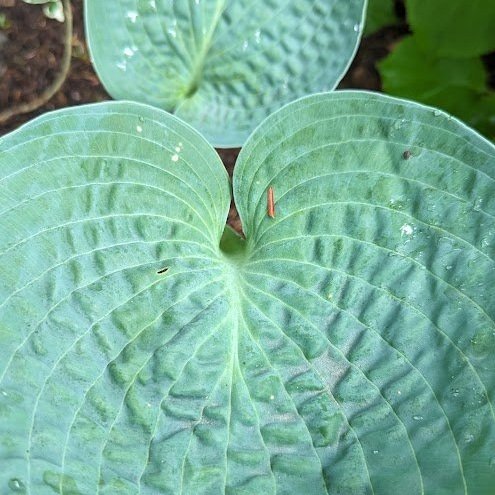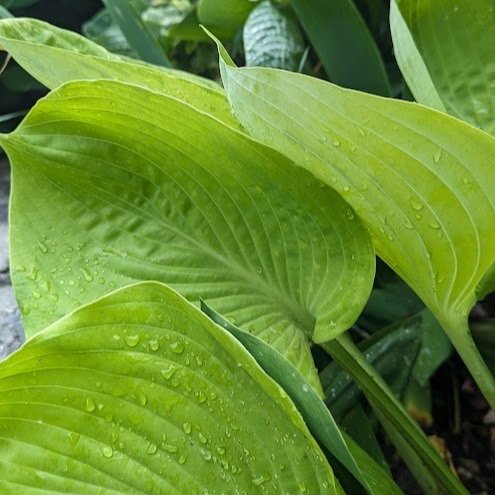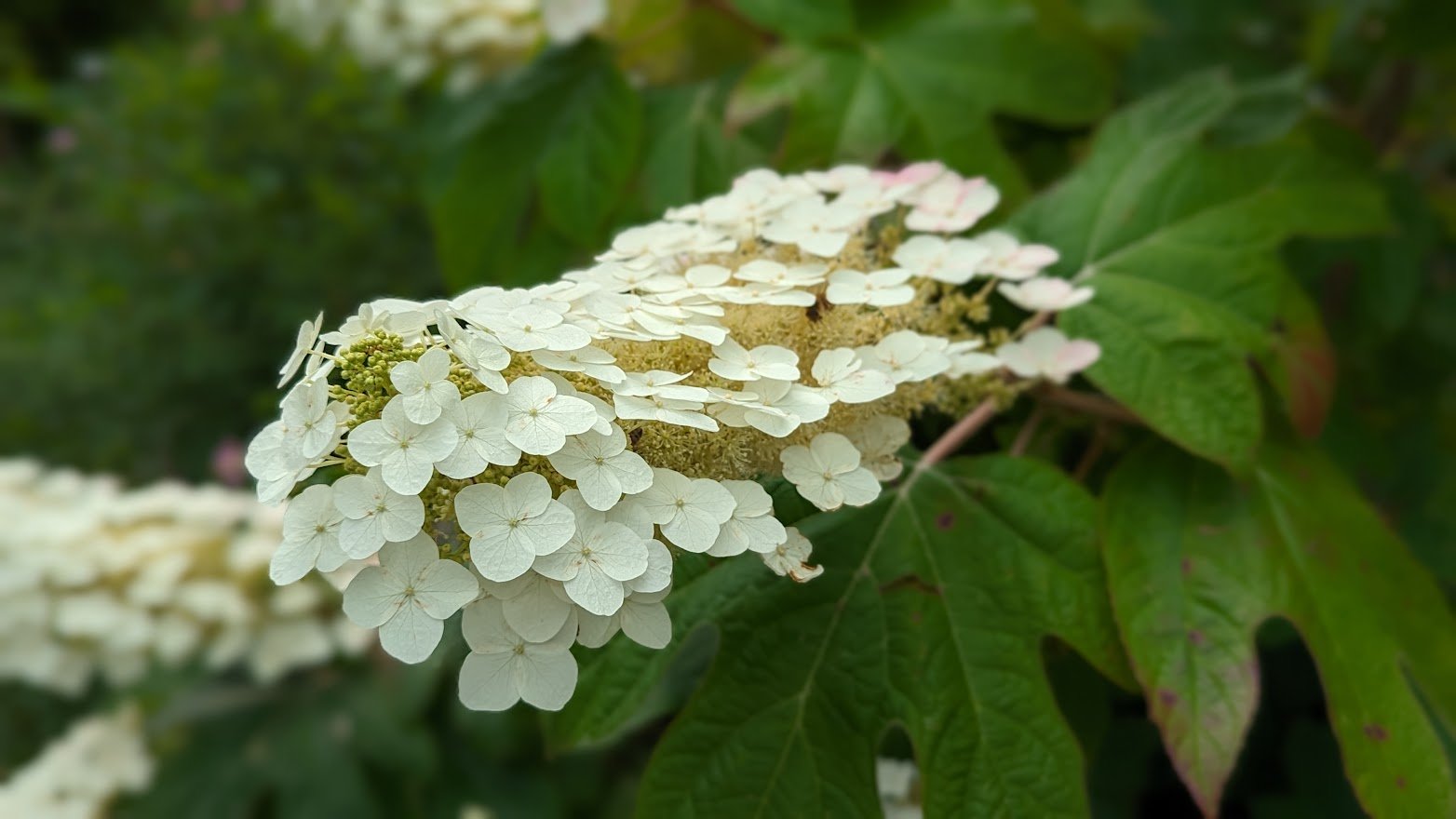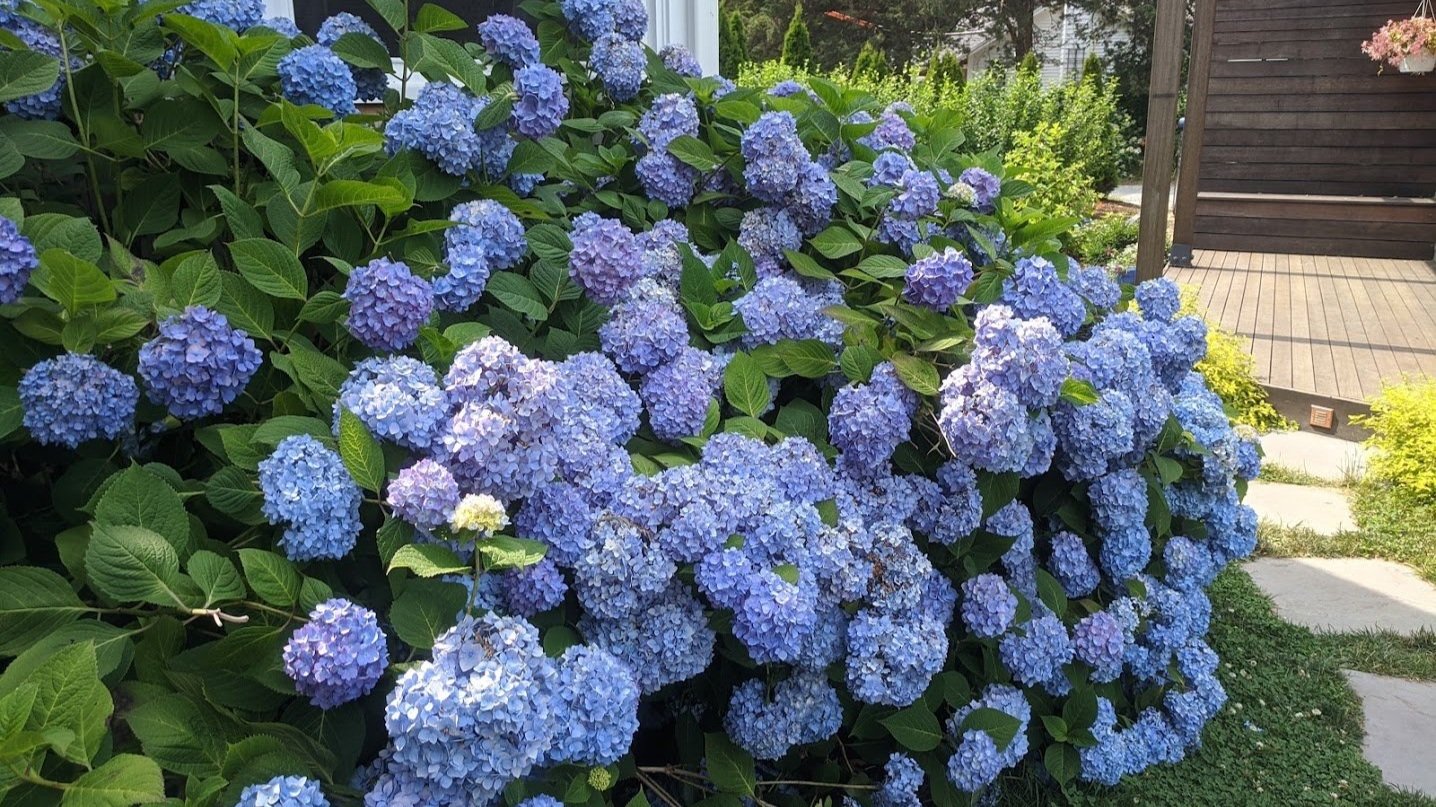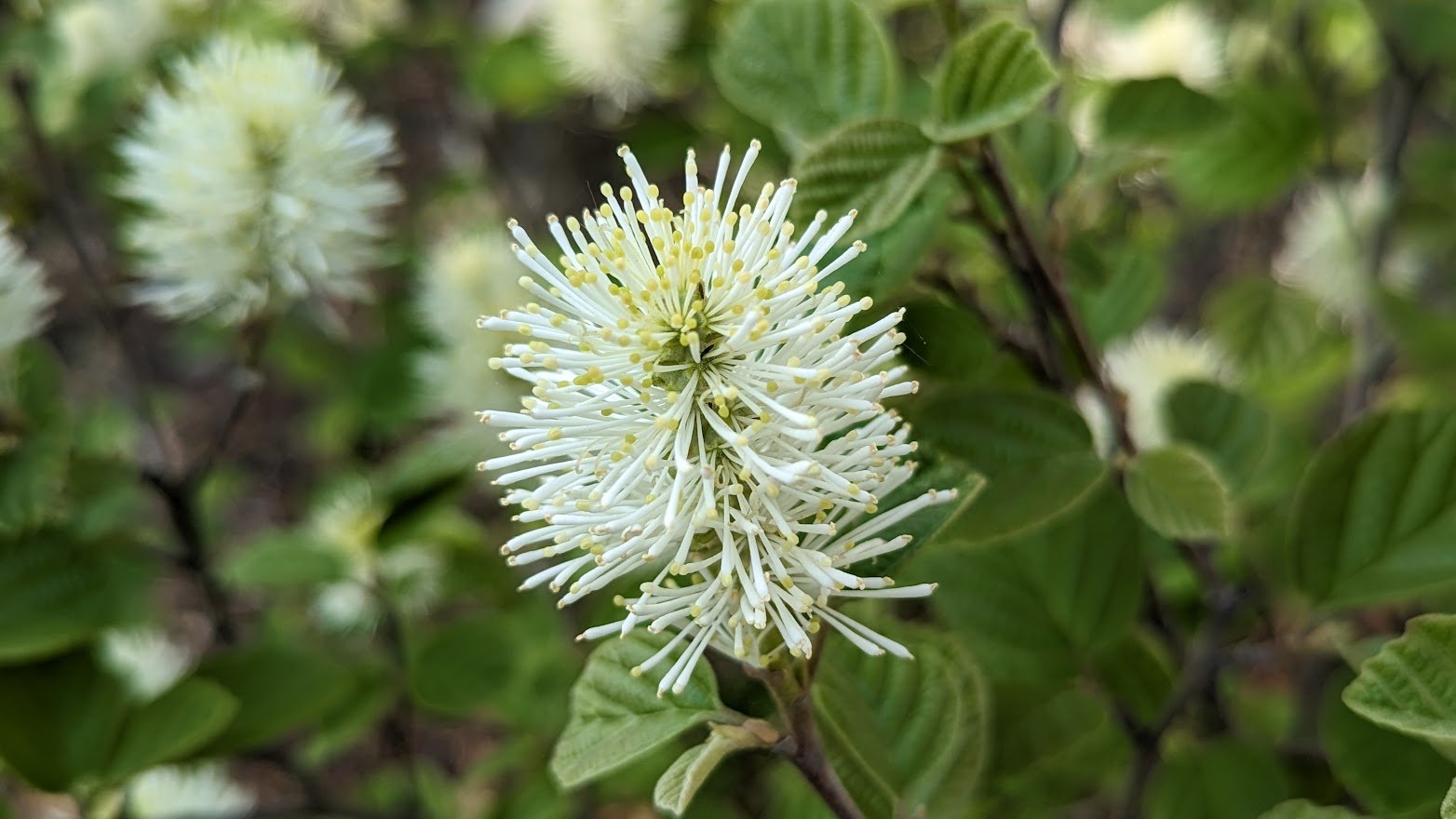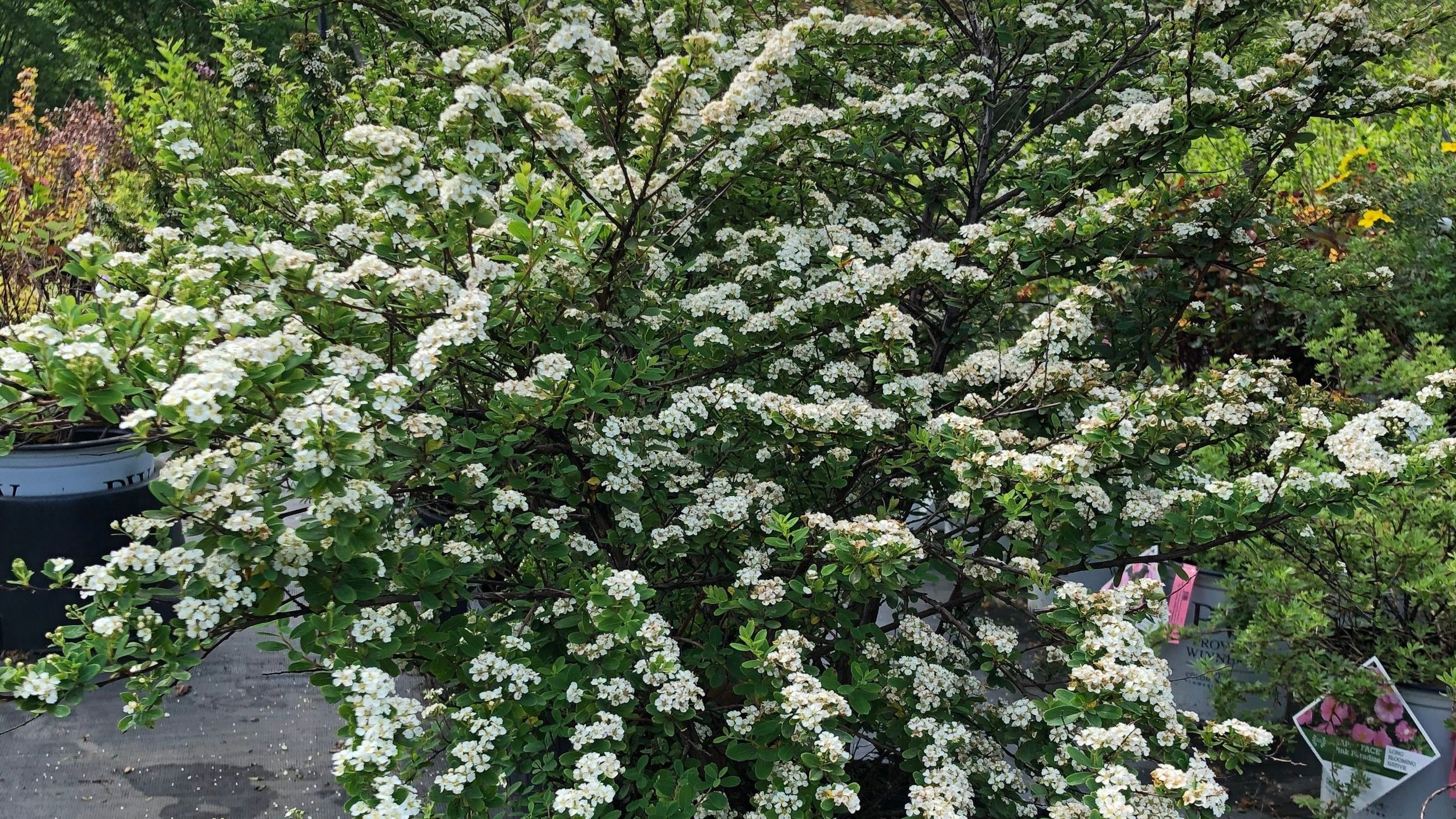HELLEBORES
LENTEN ROSE
*********************
On a walk through Coastal Maine Botanical Garden last year at the beginning of May, one of the many surprises I stumbled upon were the enormous array of Hellebores dappled throughout the shade gardens. I was mesmerized by their range of colors from deep red to shades of pink and white. In the shade of the Giles Rhododendron and Perennial Garden, swaths of Hellebores were groundcover for the Rhododendrons and Azaleas. I have always been in awe of Hellebore’s unique flower structure and evergreen foliage but witnessing it in these numbers was just glorious.
Hellebores awaken in mid April when they begin to put on a show with their abundant blooms. Their flowers last for several weeks and once the petals have faded, the sepals, which look like a flower, remain attractive for several months. The sturdy evergreen foliage is appealing well into the winter months. With all their different stages they are the plant that keeps on giving from spring to winter.
Hellebores are perfect in woodland gardens and in shady areas under deciduous trees.
Helebore at Maine Coastal Botanical Garden
*********************
GROWING CONDITIONS & CARE
Easy to grow
12 x 24” H. Spreads over time
Drought tolerant but thrives in slightly moist conditions
Sensitive to poor drainage
Cold hardy and tough
Rabbit and deer resistant
Perfect along shaded borders and woodland gardens
Beautiful when planted under deciduous trees as a ground cover
After a long winter, the large evergreen leaves look flattened and tattered. Remove the worst of these before the flower stalks begin to grow. Do not remove leaves prior to that or may harm plant.
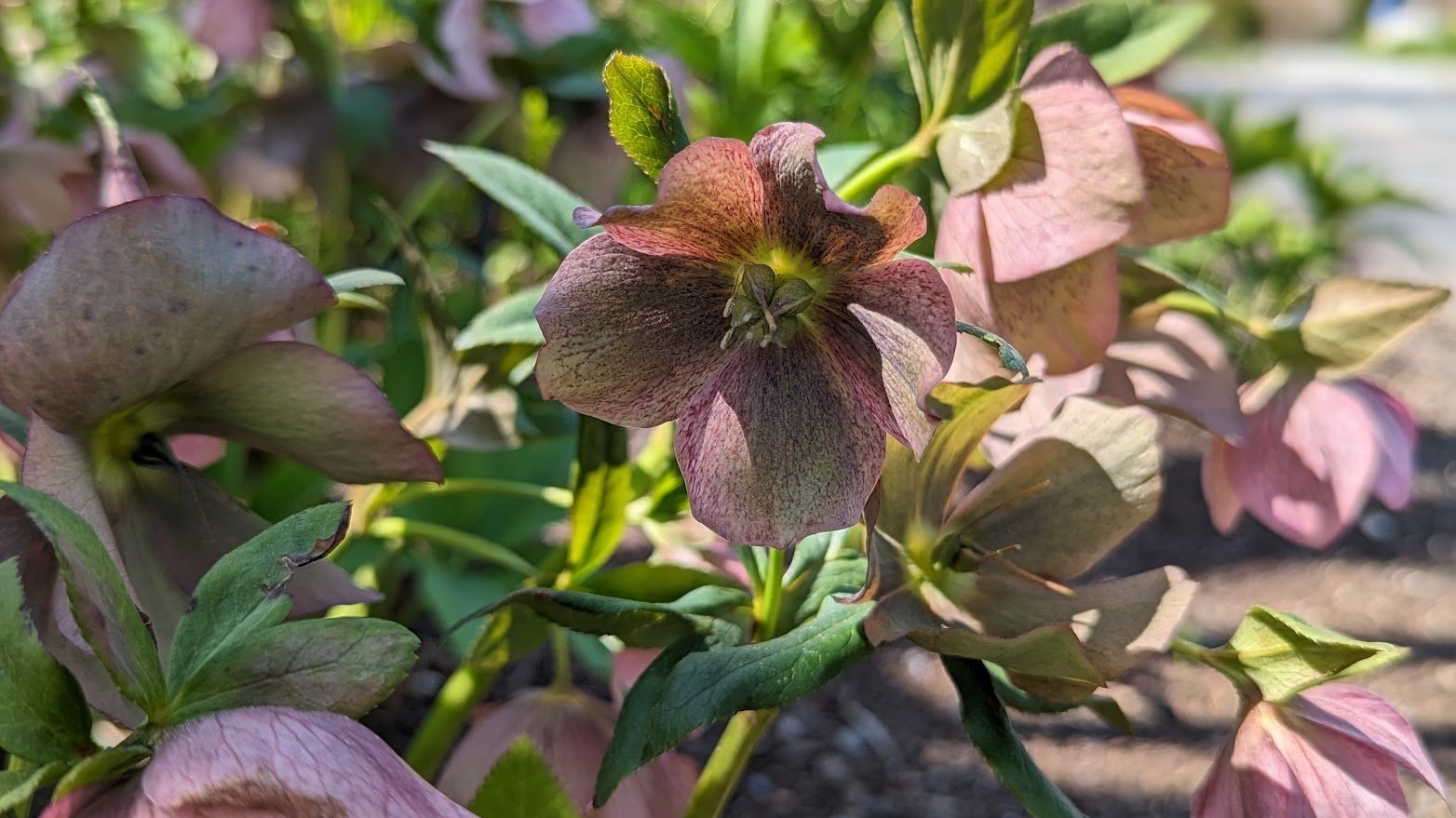
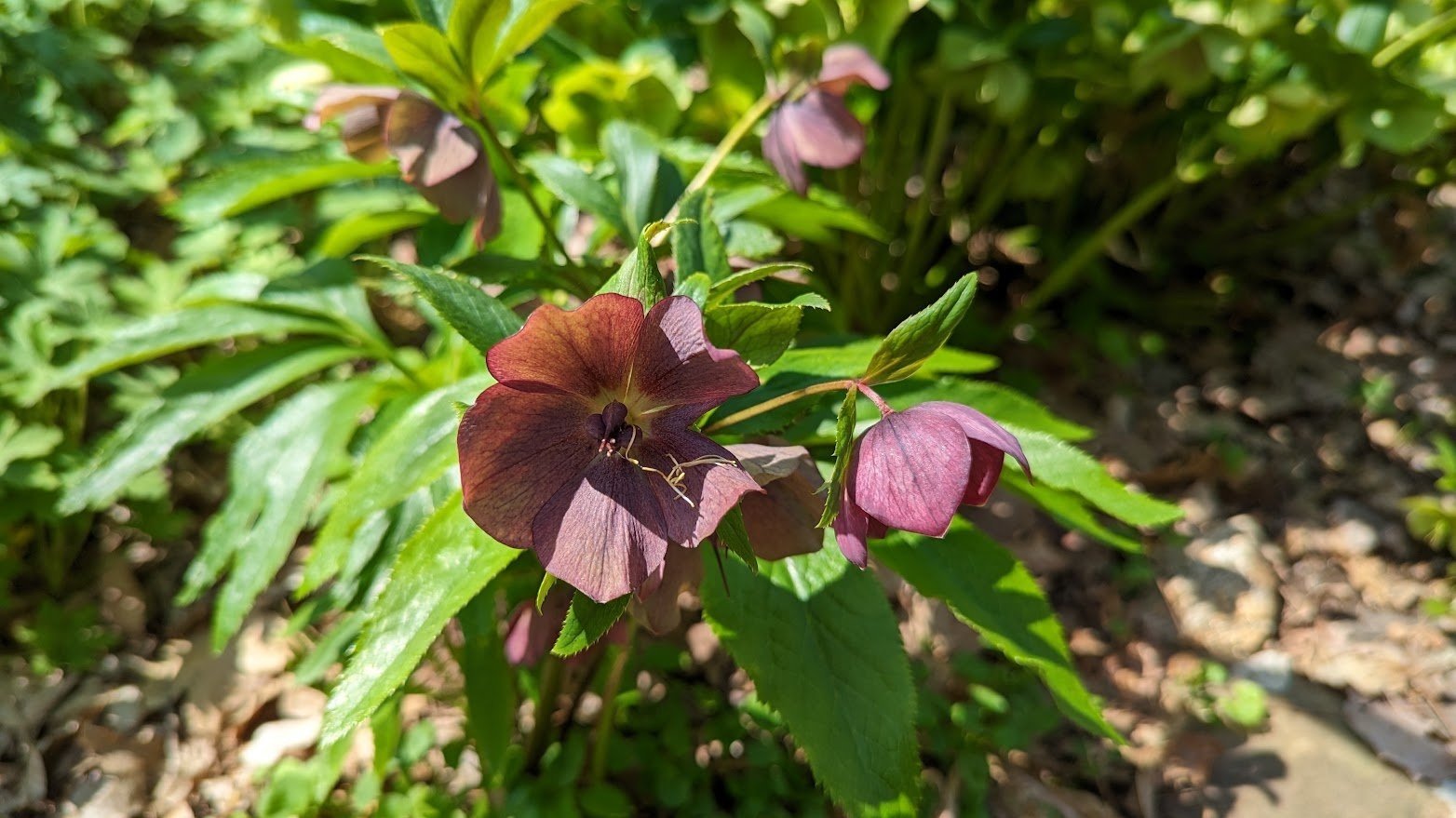
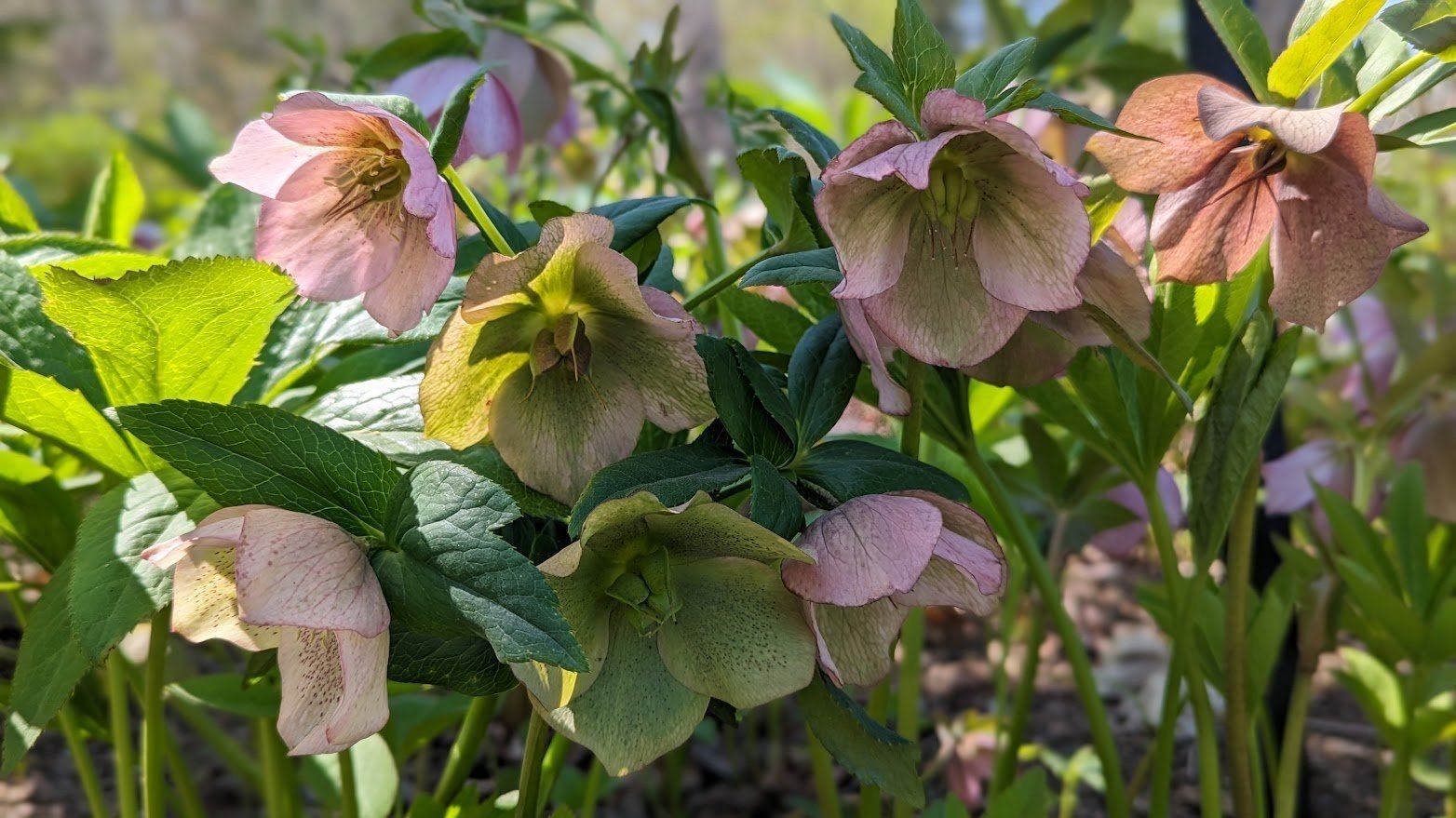
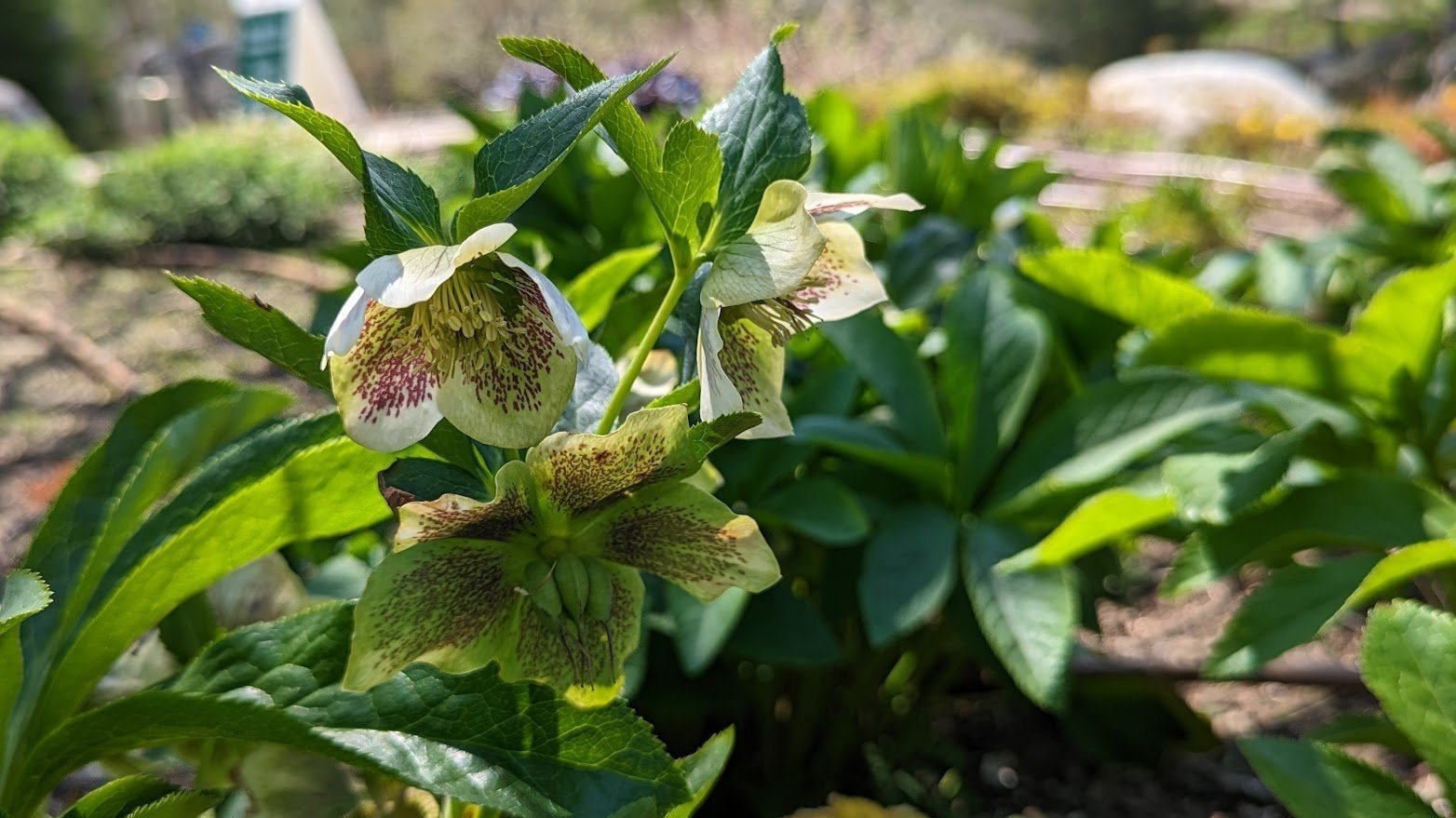
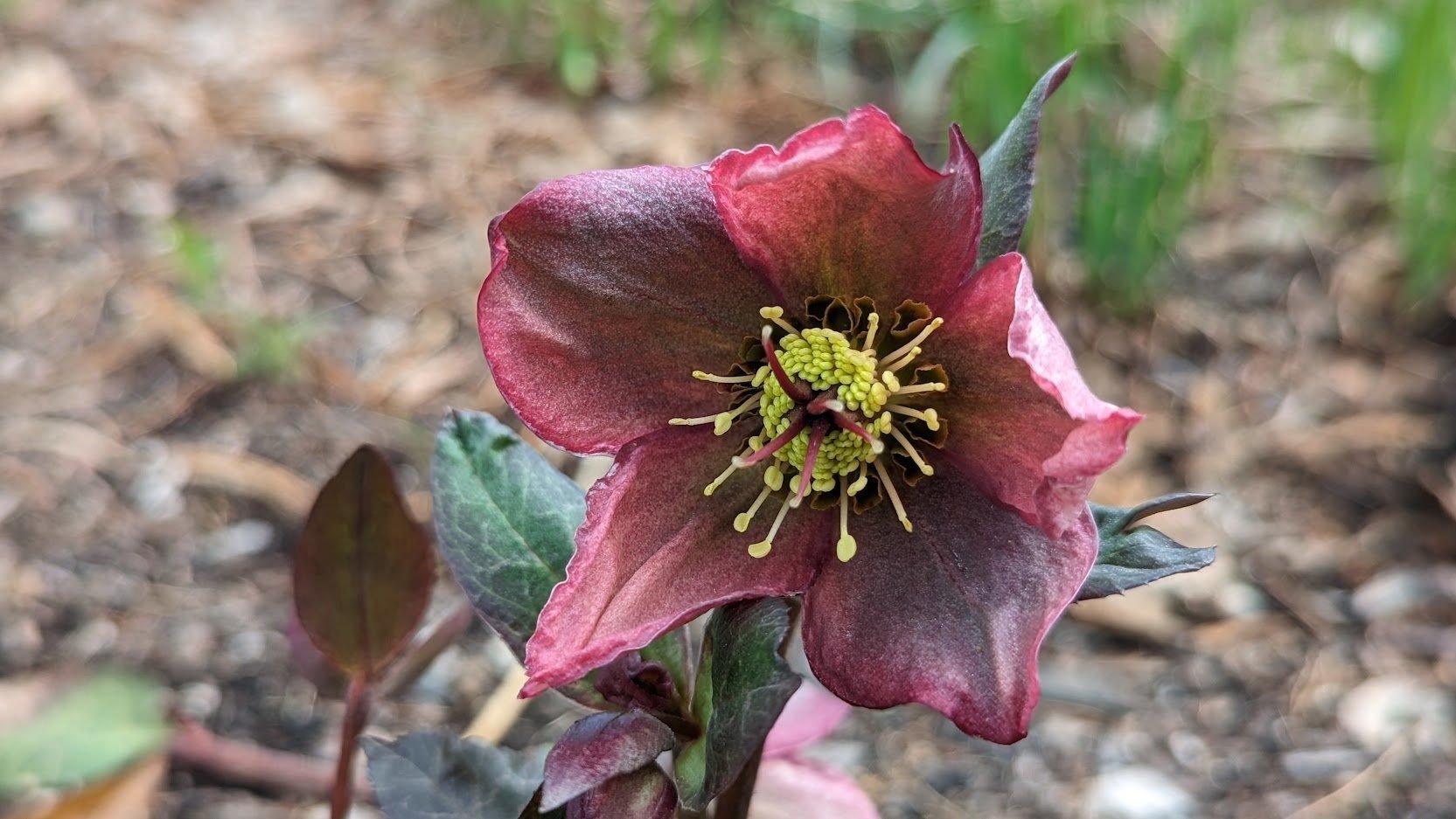

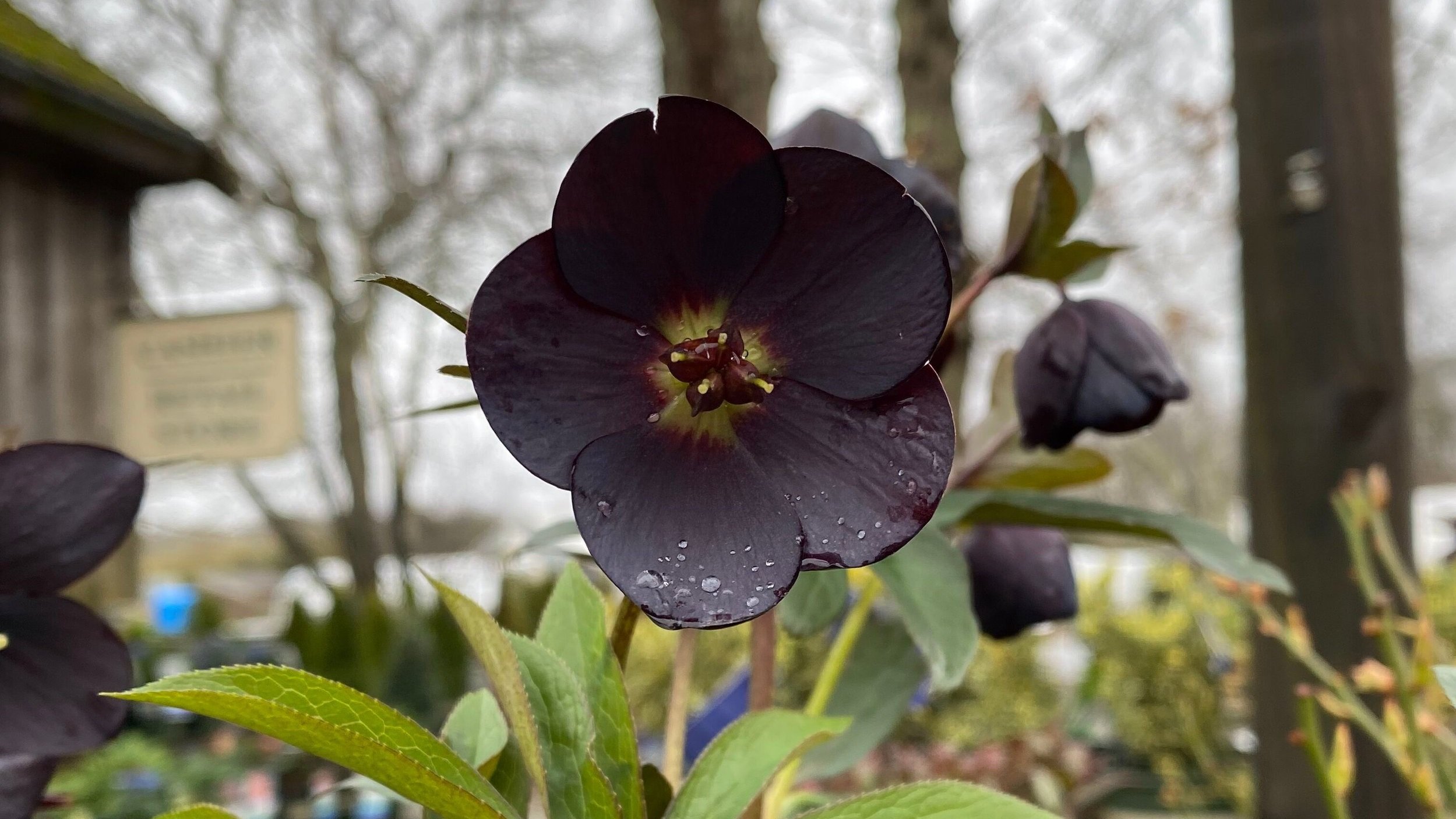
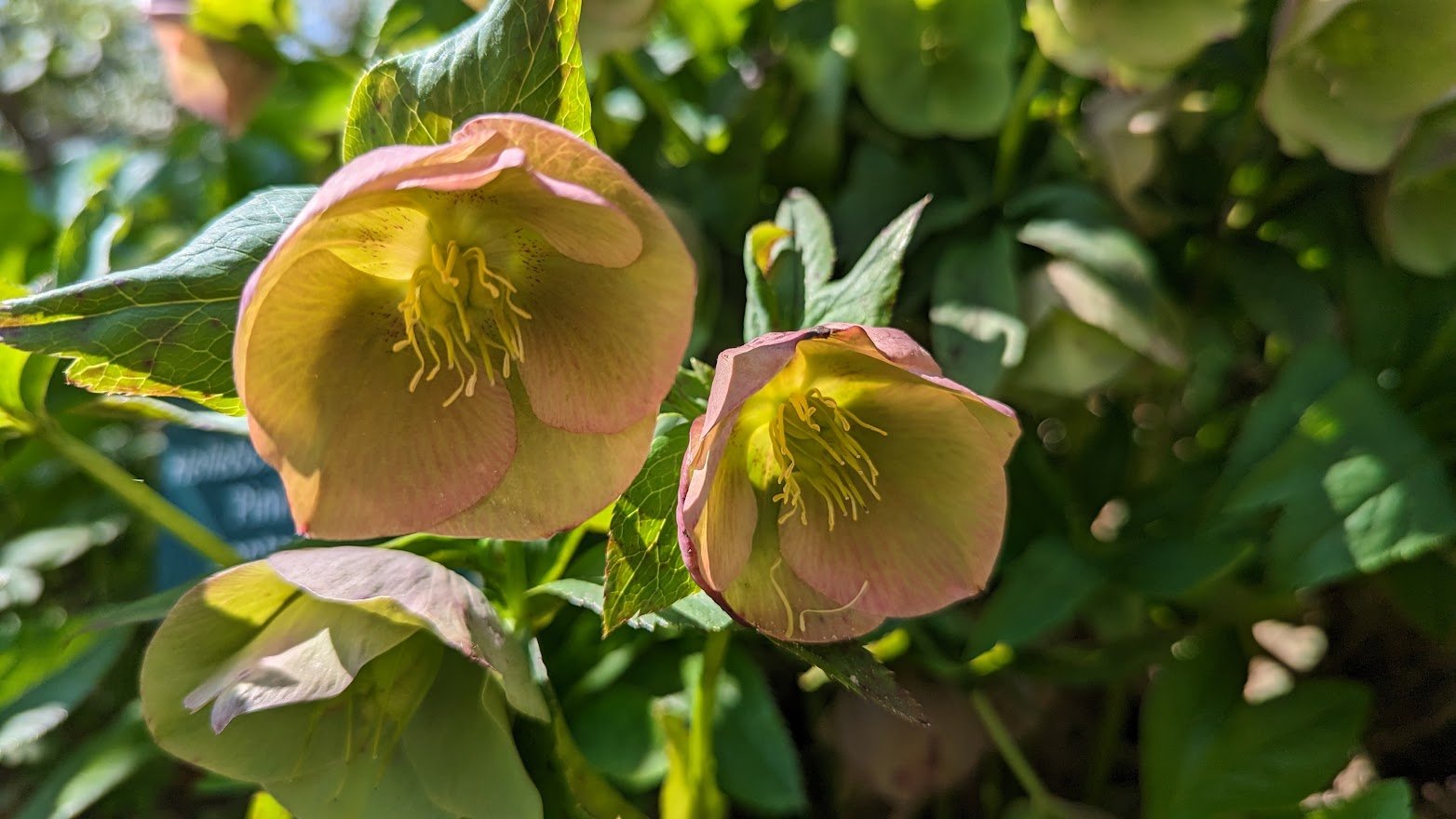

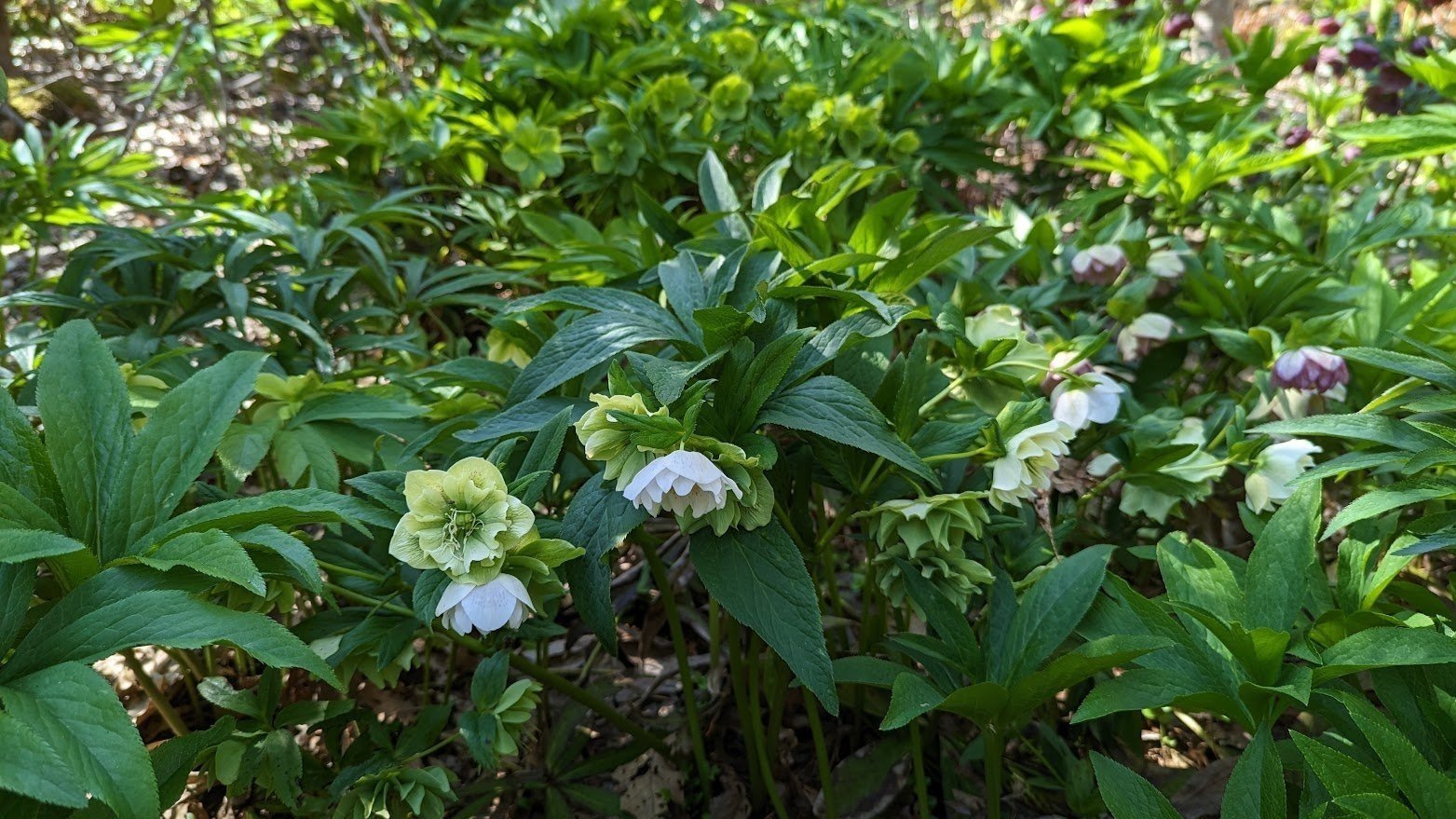

*********************
HELLEBORES AVAILABLE AT VINEYARD GARDEN
Helleborus x iburgensis Ice N' Roses® Merlot Hellebore (Monrovia)
Helleborus Paris in Pink (Walter’s Garden)
Helleborus Rio Carnival (Walter’s Garden)
Helleborus Romantic Getaway (Walter’s Garden)
Helleborus Maid of Honor (Walter’s Garden)
Helleborus Wedding Bells (Walter’s Garden)
Helleborus Spanish Flare (Walter’s Garden)
Helleborus New York Night (Walter’s Garden)
Helleborus Rome in Red (Walter’s Garden)
Helleborus Snowbells (Walter’s Garden)
Helleborus French Kiss (Walter’s Garden)
Helleborus Sandy Shores (Walter’s Garden)
Helleborus Ivory Prince (Walter’s Garden)
Helleborus Irish Luck (Walter’s Garden)






